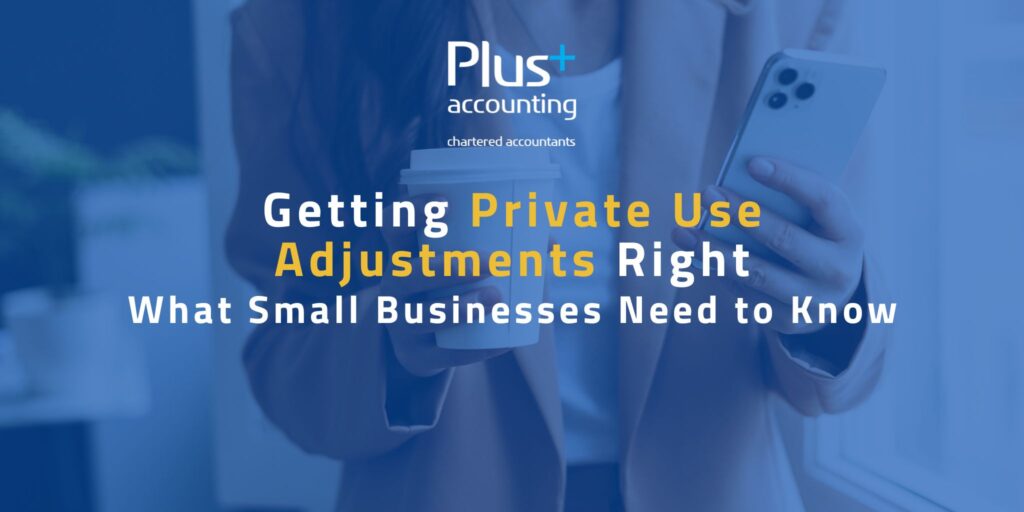HMRC is turning up the spotlight on “private use” adjustments and for good reason. Mistakes often arise from poor record keeping, inconsistent apportionment methods, or claiming convenient allowances rather than evidence-based apportionments.
HMRC’s upcoming communications aim to reduce errors where taxpayers are overclaiming tax deductions by treating private costs as wholly business.
This guide explains the principles, the frequent pitfalls we see in practice, and practical steps you can take to get private-use adjustments right.
[This blog does not address VAT and private-use adjustments].
What are Private-Use Adjustments?
“Private use” means any time a business asset or expense is used (in whole or part) for personal reasons. Typical examples are:
- A business owned mobile phone used for personal calls
- A car owned or provided by the business driven for private journeys
- Mileage/fuel being claimed from a business for both business and private purposes
- A home office or broadband partly used for business
- Shared subscriptions, software or entertainment where personal use exists
If something is used partly for private purposes, the business must apportion the cost so only the business element is treated as a deductible business expense.
Key Principles to Apply
1. Use evidence, not guesswork. HMRC expects apportionments to be supported by records (logs, timesheets, call records, mileage).
2. Be reasonable and consistent. Apply the same method each period unless circumstances change. When circumstances change document the cause and consequence, this is helpful in the event of an HMRC enquiry because you can easily explain the change. If the enquiry is several months after the event, it is harder to remember and possibly prove the reasons for the change.
3. Review and update regularly. If usage patterns change, which could mean more or less private use, then update the apportionment and again document why this has occurred.
If HMRC raises a query, well-maintained records and a documented apportionment method, can substantially reduce your risk of being non-compliant. Consistency and contemporaneous documentation are a strong defence.
Practical Tips
There are many ways to help yourself document your private-use;
Travel – keep a diary, use a spreadsheet, use an app.
Phone usage – monitor bills to show business and personal use and note the ratio, usually it will be the same for the tax year on average.
Other expenses – keep it simple, think about your usage which could be hours spent using the goods or service and keep a log.
Simplified Expenses – HMRC has a set of rates which can be applied to certain vehicle costs, working from home and where you live at your business premises eg a pub. The aim is to help reduce the time spent documenting actual usage by replacing with HMRC provided rates.
Vehicles – based on a fixed amount per mile
Working from home – a fixed rate based on the number of business hours per month
Living at business premises – a fixed rate based on number of people living on the premises.
Click here for further details.
How Plus Accounting can help?
If HMRC’s campaign has you double-checking your processes, we can help. Book a short compliance review with our tax and outsourcing specialists, we’ll assess your current apportionments, suggest practical improvements, and help implement record-keeping that protects you.

Author: Helen Griffiths, Audit and Assurance Manager, Plus Accounting
Any views or opinions represented in this blog are personal, belong solely to the blog owner and do not represent those of Plus Accounting. All content provided on this blog is for informational purposes only. The owner of this blog makes no representations as to the accuracy or completeness of any information on this site or found by following any link on this site.
Date published: 2 September 2025


